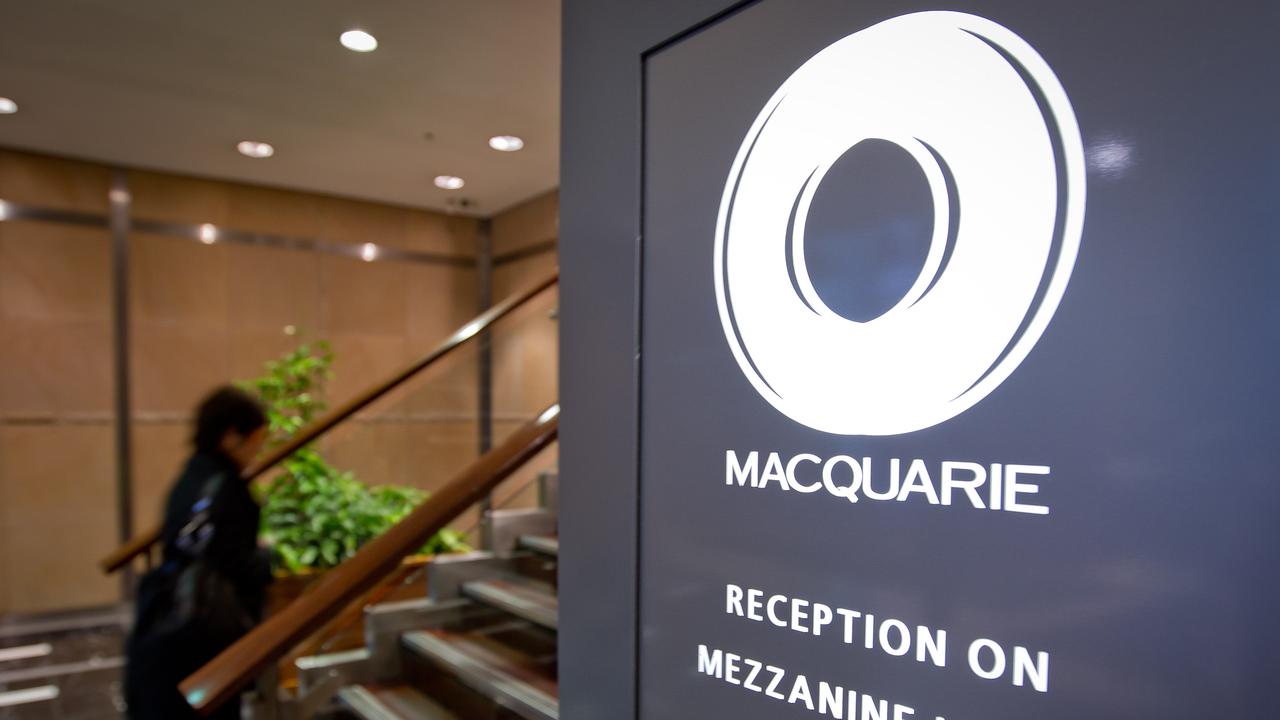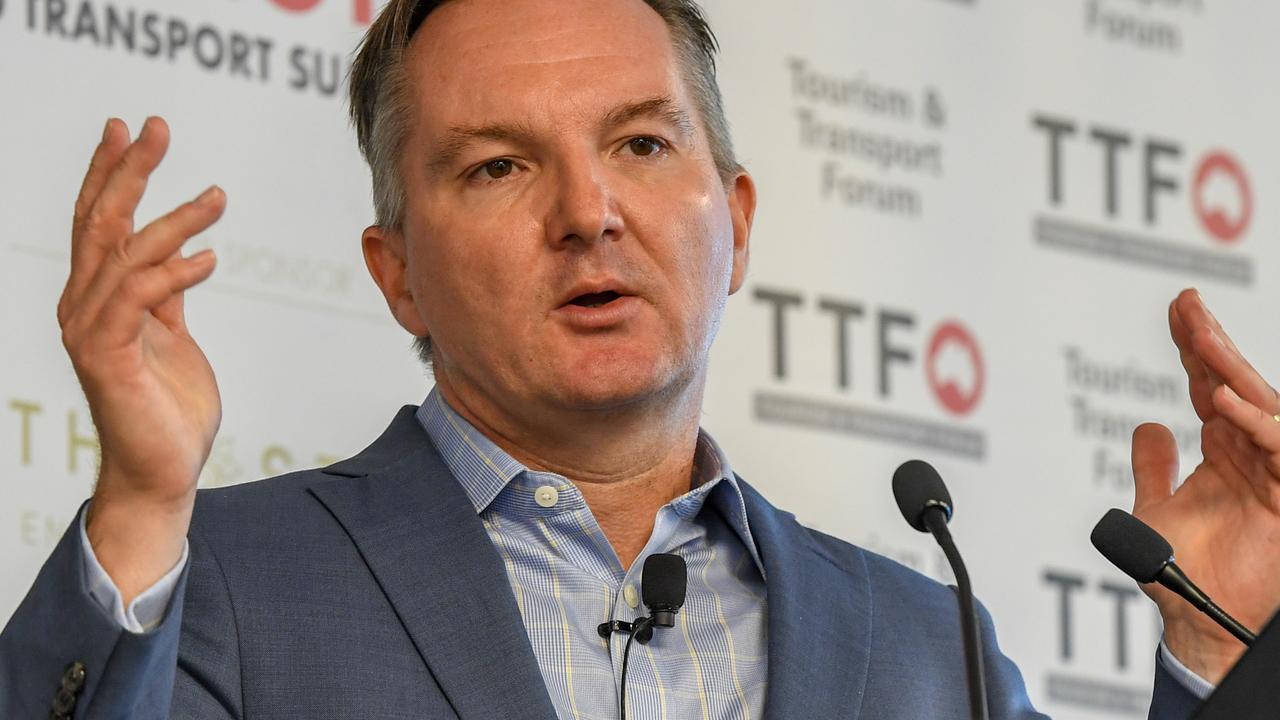Trump’s tax revolution to transform BHP and Rio
A copper deposit in Arizona means our big miners will be among the biggest beneficiaries of Trump’s US tax revolution.

Paradoxically, BHP, in announcing this week’s bond buy back, is acting in the way thousands of American companies will act if Trump goes all the way with his revolution and abandons interest tax deductibility.
However, BHP’s debt buy back was not motivated by the looming Trump tax changes but rather by the outcome of a detailed stress test that was undertaken by the company.
That stress test revealed the downside. The latest profit announcement reveals the upside — a truly enormous potential rise in profit over the next 12 months but more of that later.
I recently detailed the House Republican and Trump tax plans in the Weekend Australian (How to navigate through Trump’s brave new world, February 17).
I think it highly likely that most of the proposed measures will be enacted.
In 2017-18, BHP plans to spend $6.3bn on capital works, with well over half to be directed towards US offshore and onshore oil and gas (expenditure in Australia is minor. We export the cash).
Under Trump’s proposals, BHP will benefit from being able to immediately write off its Mad Dog capital expenditure and other oil and gas developments. But it already has substantial US tax losses, so the write-offs and the lower tax rate (between 15 and 20 per cent) are of marginal value.
But the monster BHP (and Rio) benefit is the enormous Resolution Copper deposit in Arizona.
I will never forget when BHP bought the Magma copper empire in 1996 for $US3.2bn. The jewel in the Magma crown was the giant copper smelter in Arizona and its open cut mine.
Three years later, the global slump caused BHP to put the smelter into care and maintenance mode and then shut it down in 2003. Closure costs added another $US800m to BHP’s Magma write off and, along with other disasters, brought the Big Australian to its knees.
Don Argus retired as NAB chief executive and came across to BHP as chairman to start the BHP rescue process.
But underneath the Magma open cut mine is an enormous copper deposit with grades of around 1.47 per cent. During the grim BHP days, Rio muscled in a 55 per cent stake in the underground mine.
In the Obama administration, getting a mine off the ground in the US was very hard work. Trump will have made it clear to BHP chairman Jac Nasser and CEO Andrew Mackenzie that there will be immediate write-offs of capital expenditure and all the bureaucratic log jams will be removed.
BHP and Rio are both copper bulls and, if Trump delivers, they will be in the Resolution mine starters block as fast as they can.
Very big outlays will be required that are not included in BHP’s public forward estimates.
In Australia, our rival copper project is Olympic Dam and while there will be incremental (albeit substantial) increases in production, BHP has slotted in a major Olympic Dam expansion for about 2025.
But really, thanks to the South Australian and Australian power mess, Olympic Dam, like most other eastern states projects, can’t be considered (The people will punish our energy vandals, February 21).
So, get ready for the Resolution Copper express. And I know a number of ex-BHP top executives who will be thankful at least that something is to be salvaged from the Magma disaster.
While BHP is not forecasting a major global downturn, they are mindful that iron ore has risen much further than they expected and an era of protectionism is dangerous for the world.
And, so, when they stressed tested the company for a severe downturn, they saw that there might be a vulnerability, so they used their spare cash to buy back short-dated bonds rather than give the money to shareholders.
On the upside, if iron ore stays above $US85 a tonne (it’s now above $US90) then it will add $US6.4bn to BHP’s EBITA, which in the December half year was running at an annual rate of around $US20bn. It also adds $4.5bn to the after tax profit, which in the half year was running at an annual rate of $6.4bn. That’s a big rise. A big slice of the money will be needed in the US.
But any such profit rise will need to be mitigated against Chile.
In the old days, BHP and Rio paid huge end of agreement bonuses to the workers in Chile who are already on very high rates of pay.
BHP is aiming to cut back these bonuses and make the work force more flexible. Given the current iron ore bonanza, now is the time to take a hard line — which is exactly what Andrew Mackenzie is doing. And it underlines the need for an extra source of copper in the BHP portfolio.
Meanwhile, while the market applauds Mackenzie’s cost reductions and productivity improvements, in many ways the next 18 months are his big test.
How much of the cost reductions were about suppliers providing goods and services at uneconomic prices to retain market share in the bad times? How much was it a result of the work force undertaking unsustainable actions?
If iron ore stays around current prices we will discover just how much of the cost reductions were sustainable. Mackenzie will argue that the vast majority are sustainable.







Two of Australia’s largest listed companies, BHP and Rio Tinto, stand to be among the largest global beneficiaries from the Donald Trump tax revolution, which is scheduled to be announced next week.